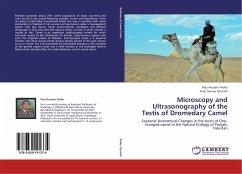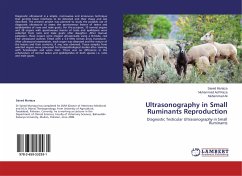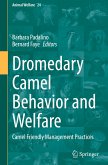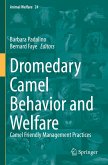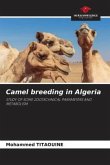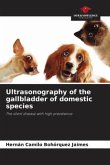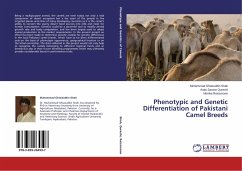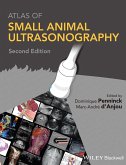Pakistan possesses about 23% camel population of Asian countries and rates fourth in the world following Somalia, Sudan and Mauritania. There are about 0.328 million households linked one way or another with camel production in Pakistan.It can survive and reproduce under a management system with low inputs, harsh environmental conditions and difficult landscapes in arid and semi-arid regions where survival of other animals is usually at risk. Camel is an important multi-purpose animal for socio-economic needs of the inhabitants of deserts, mountainous regions and even the irrigated plains of Pakistan. One-humped camel is a seasonal breeder and show sexual activity during specific period of the year known as rut or musth. Rut is characterized by remarkable changes in the anatomy of the genital organs result into a vivid increase in the androgen level in blood which directly effect the male behaviour and its sexual desire.
Bitte wählen Sie Ihr Anliegen aus.
Rechnungen
Retourenschein anfordern
Bestellstatus
Storno

